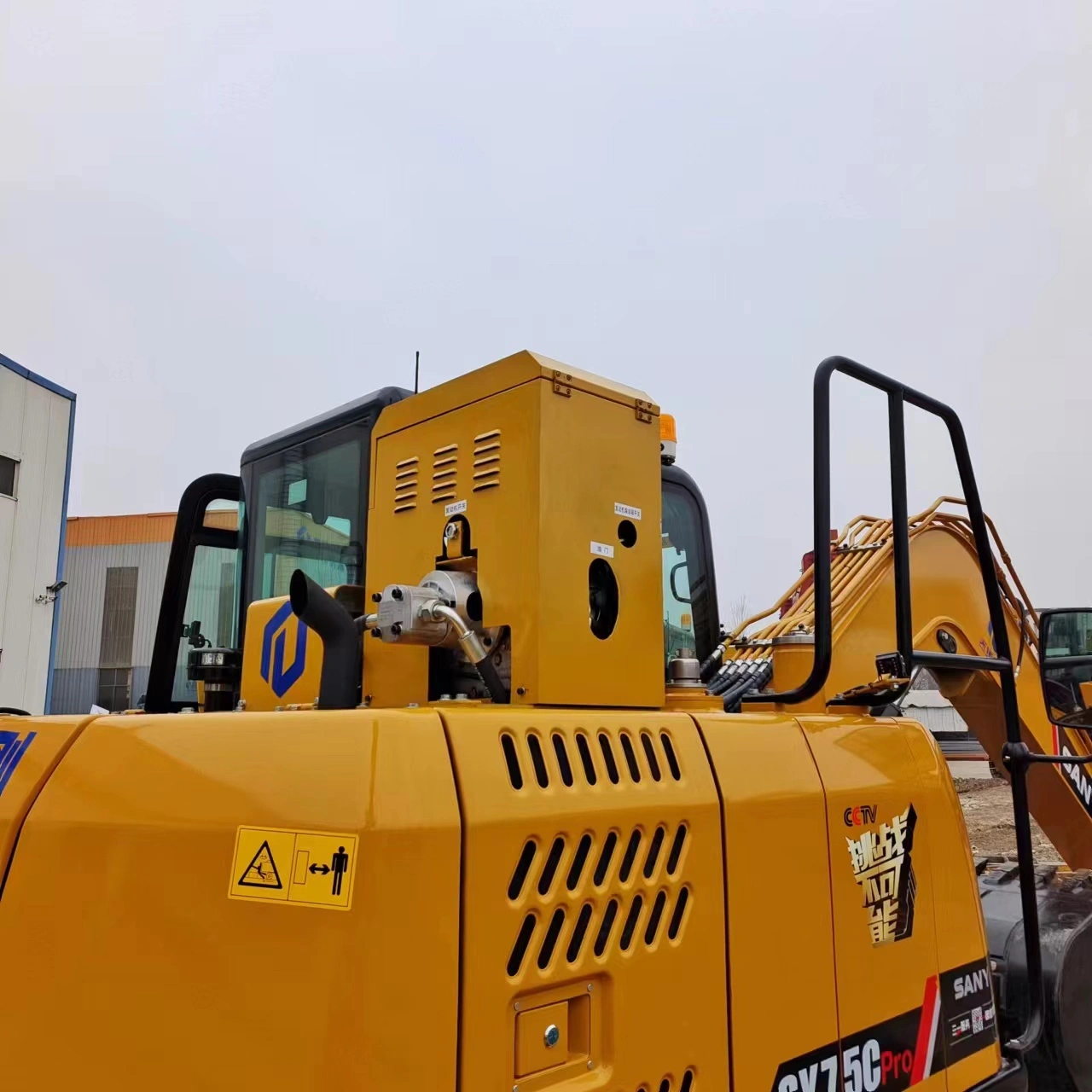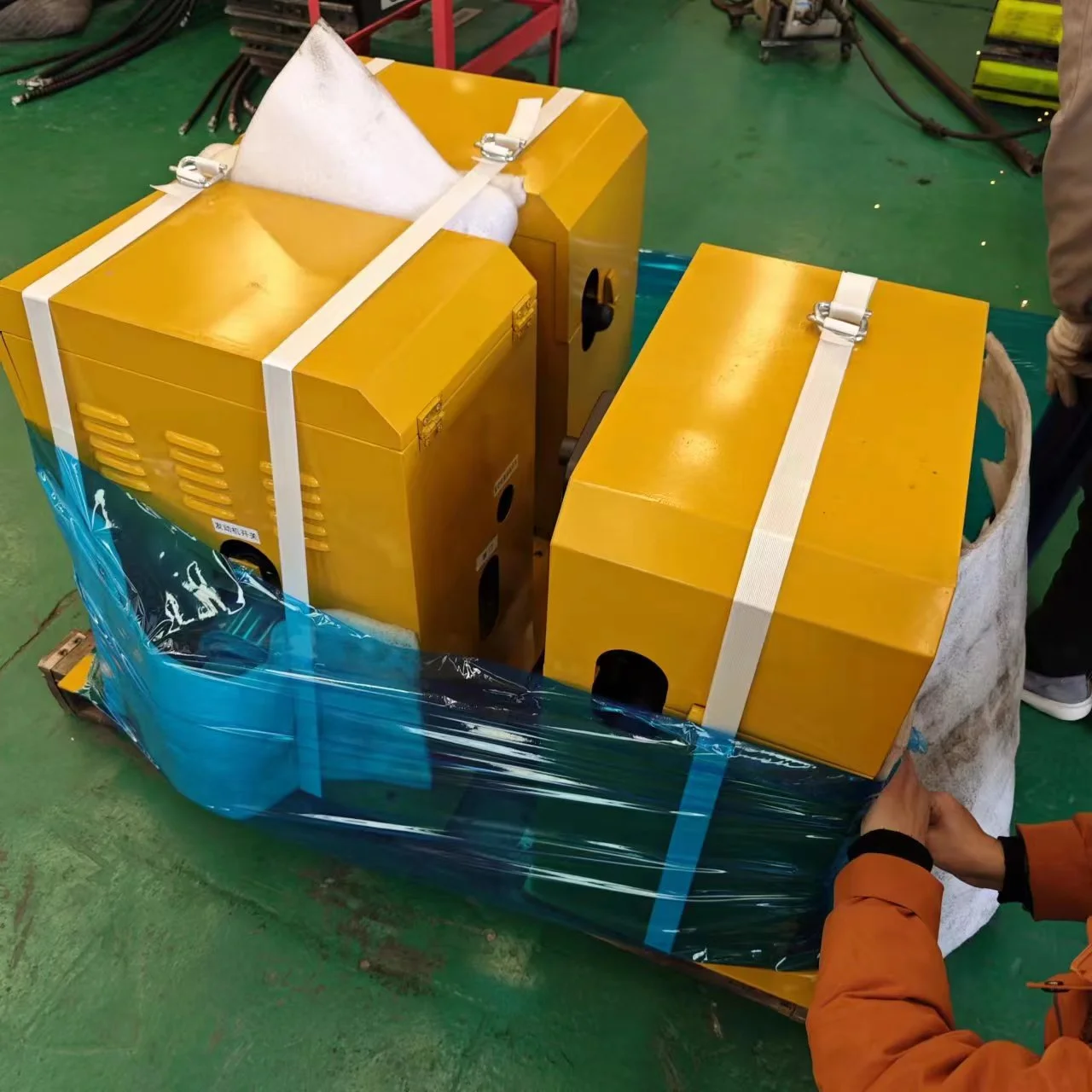Why do railway excavators have emergency engines installed?
As the core equipment in railway maintenance and emergency repair, railway excavator needs strong mobility, stability and continuous operation ability. However, railway working condition is special - the operation site is remote, the environment is complex and the safety requirements are extremely high, so once the machine loses power, the consequences are often far more serious than that of common engineering machinery. As a result, more and more railway machinery manufacturers are beginning to install emergency engines for railway excavators to maintain the most basic movement and safety functions in all cases.So why do railway excavators have to be equipped with emergency engines?

Guarantee railway operation safety
The most important differences between railway operation and common construction site are:
The railway is the "lifeline" and the machinery shall not be out of control.
Railway excavators need to walk on the track, lift sleepers, load and unload rails, clean ballast, etc.
These actions rely on the engine to provide power. In the event of a main engine failure, the risk arises:
The excavator may stop in the middle of the track and cannot be moved
The accessories cannot be retracted and cannot give way
Fuselage may affect adjacent train movements
The operator may get into a dangerous position
The emergency engine is designed to enable the excavator to:
Keep steering, braking and other basic actions
Safe displacement on track
Avoid conflicts with trains
It is essentially a safety blanket system for railway machinery

Improve continuous operation capacity
The railway construction is usually carried out at the skylight point at night, with tight time and heavy task. Once the power of equipment is interrupted, the project may be completely paralyzed.
The emergency engine can take over part of the power demand at a critical moment:
Maintain drive hydraulic system pressure
Support light load movement
Maintain the operation of light, warning system and control system
Ensure that the excavator can be demobilized
This means that the whole operation line will not be interrupted due to the shutdown of one railway excavator. This is essential for tight schedule railway projects
Improving emergency rescue capacity
Railway excavators are not only used for daily construction, but also the main equipment for railway rescue. This is particularly important in the following scenarios:
Subgrade settlement caused by rainstorm
Tree fall caused by storm to block the line
Rail covered by landslide
Frozen turnout in winter
In emergency repair, the main engine may be unable to operate due to water immersion, overload, high temperature or fuel problem. Without emergency power, the excavator itself may become the "rescued object" or even the "barrier" hindering emergency repair.
The emergency engine allows the railway excavator to still have:
Self-rescue capacity
Minimum operational capability
Night lighting and communication power supply
Capability of supporting accessories to continue light load emergency repair
It is an important tool to improve the efficiency of railway rescue

Reduce construction delay and economic loss: reduce shutdown cost
Railway construction costs are high, including:
Labour Cost
Cost of blocking section
Rental cost of mechanical equipment
Penalty for construction delay
Economic impact on opening time
Once the railway excavator breaks down, the loss is far more than the maintenance cost of one machine.
The emergency engine provides:
Basic mobility capability
Quick evacuation capability
No large equipment required for tug rescue
Direct reduction:
Delay in construction
Extra cost due to equipment shutdown
Impact on normal operation of railway line
From the economic point of view, the investment of emergency engine is far lower than the comprehensive loss caused by shutdown.
The emergency engine has become a necessary configuration of railway excavator. It is a key configuration that determines the quality and safety of railway engineering, and also a trend of becoming more and more popular in the global railway machinery industry.

